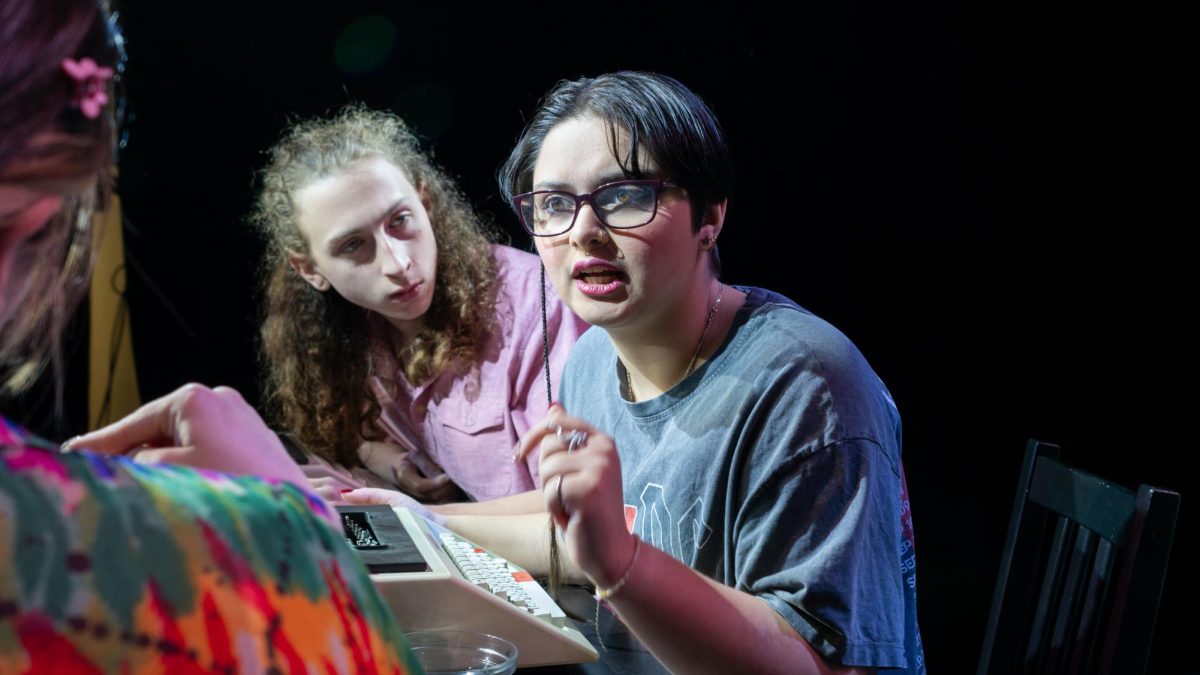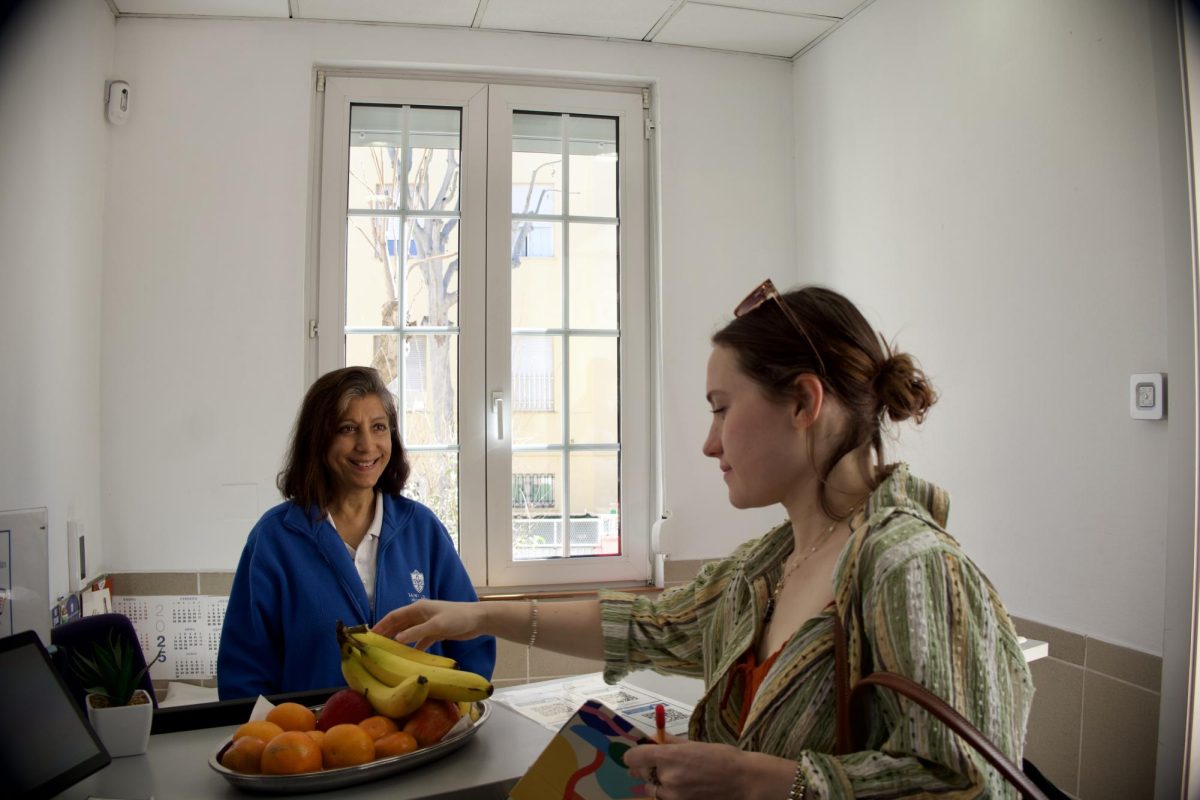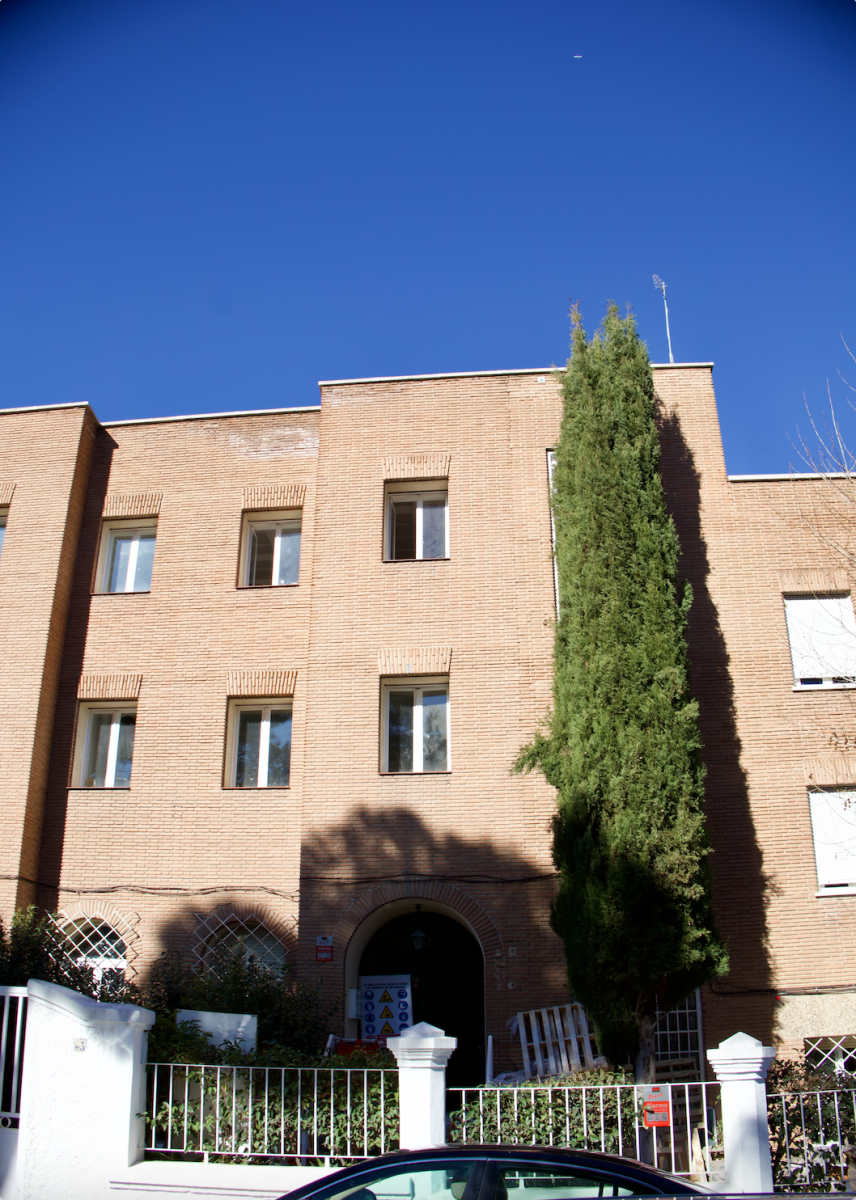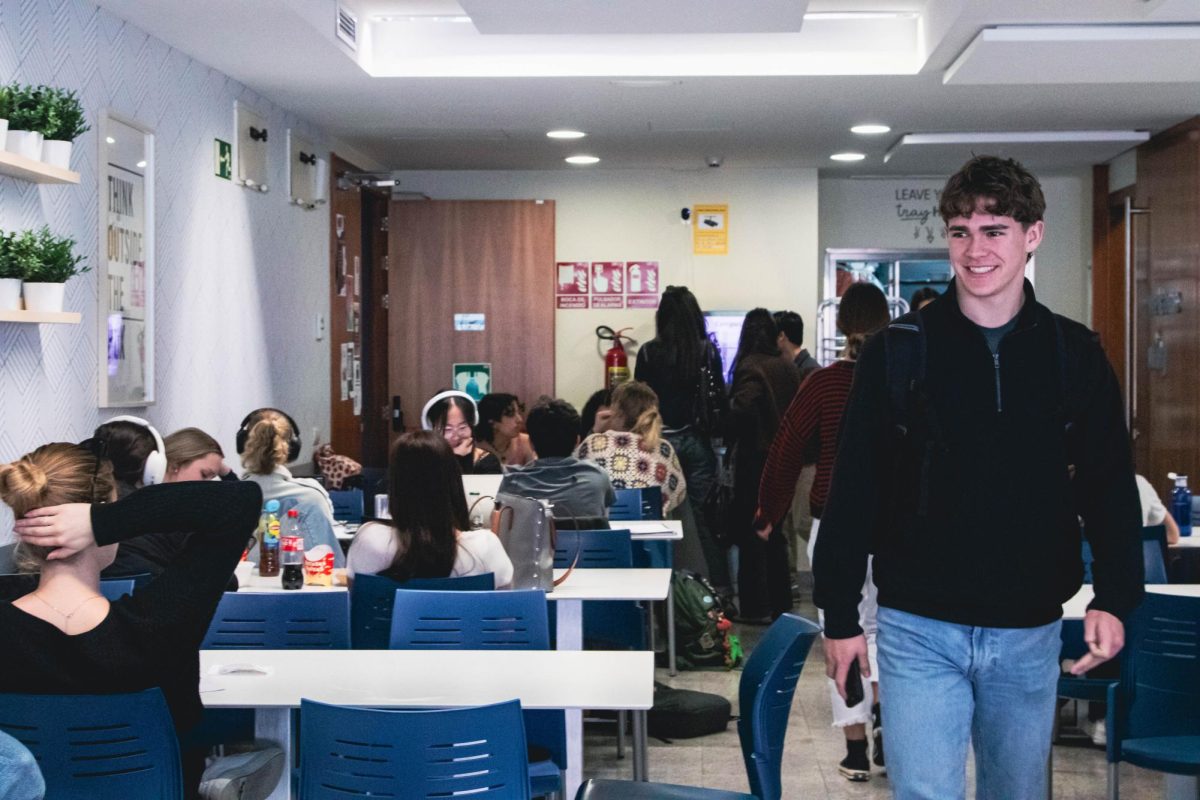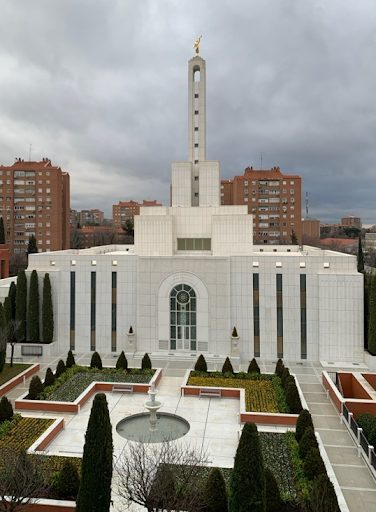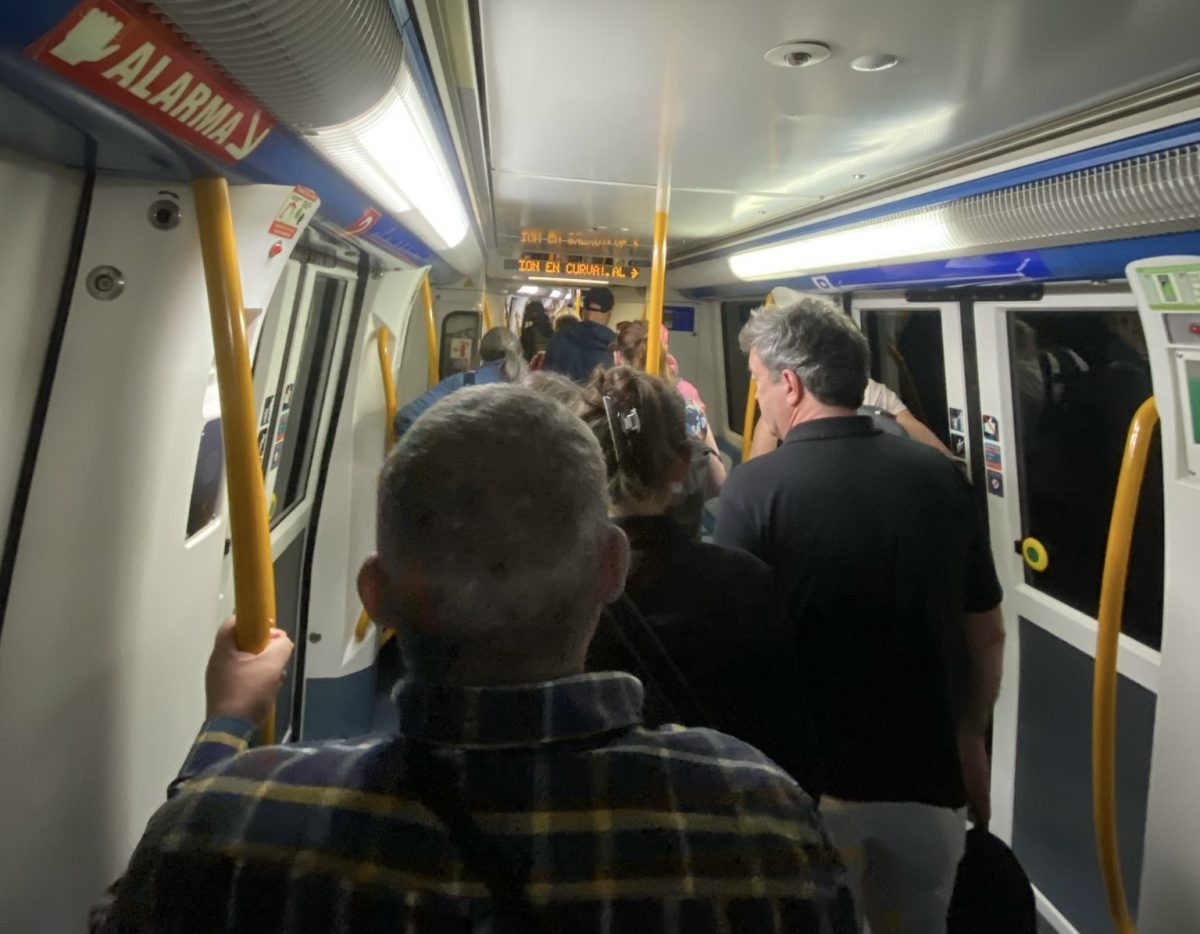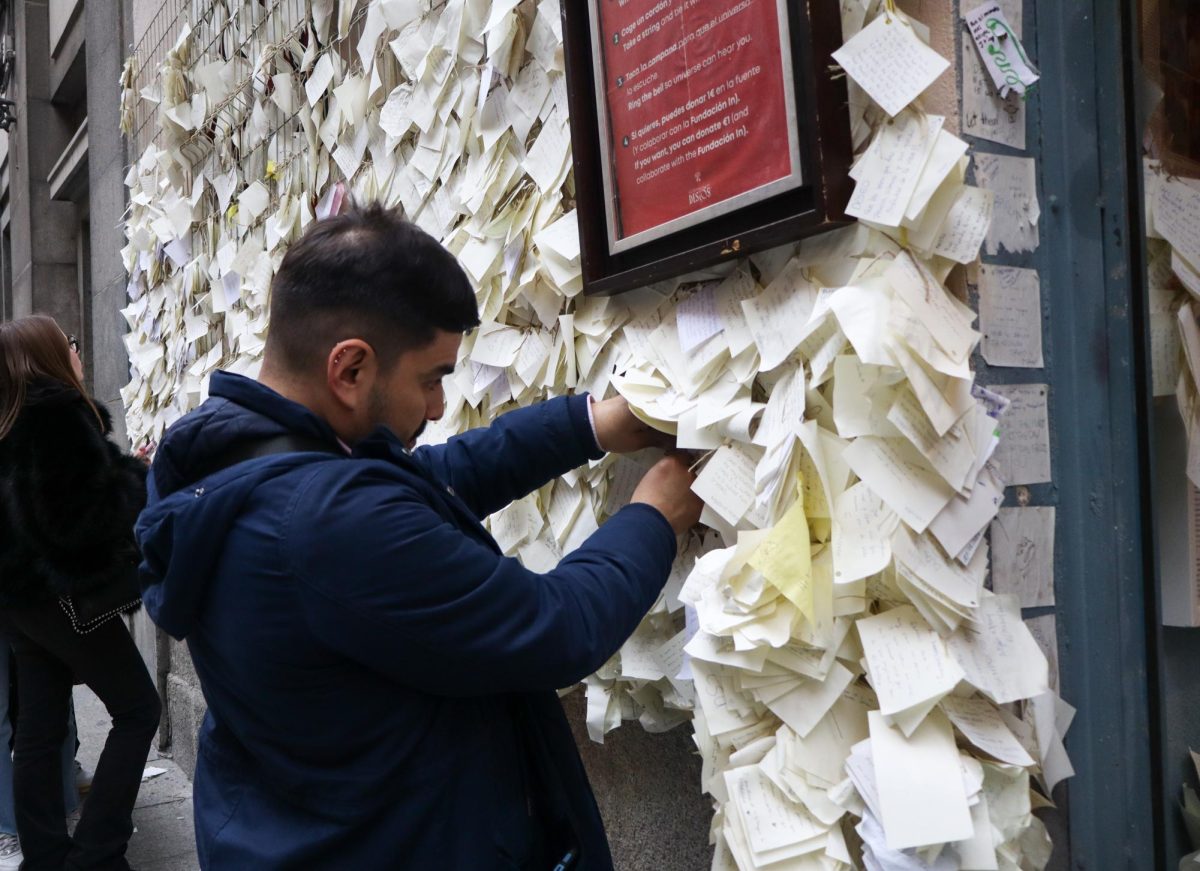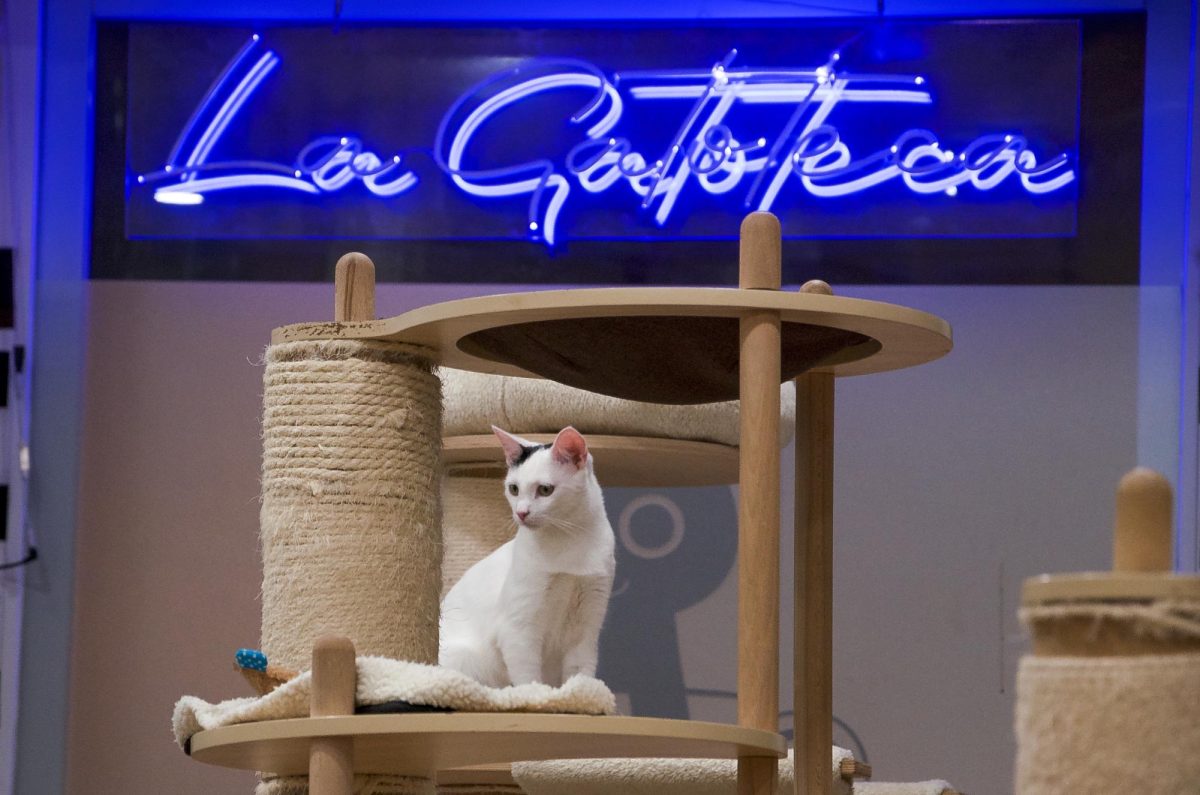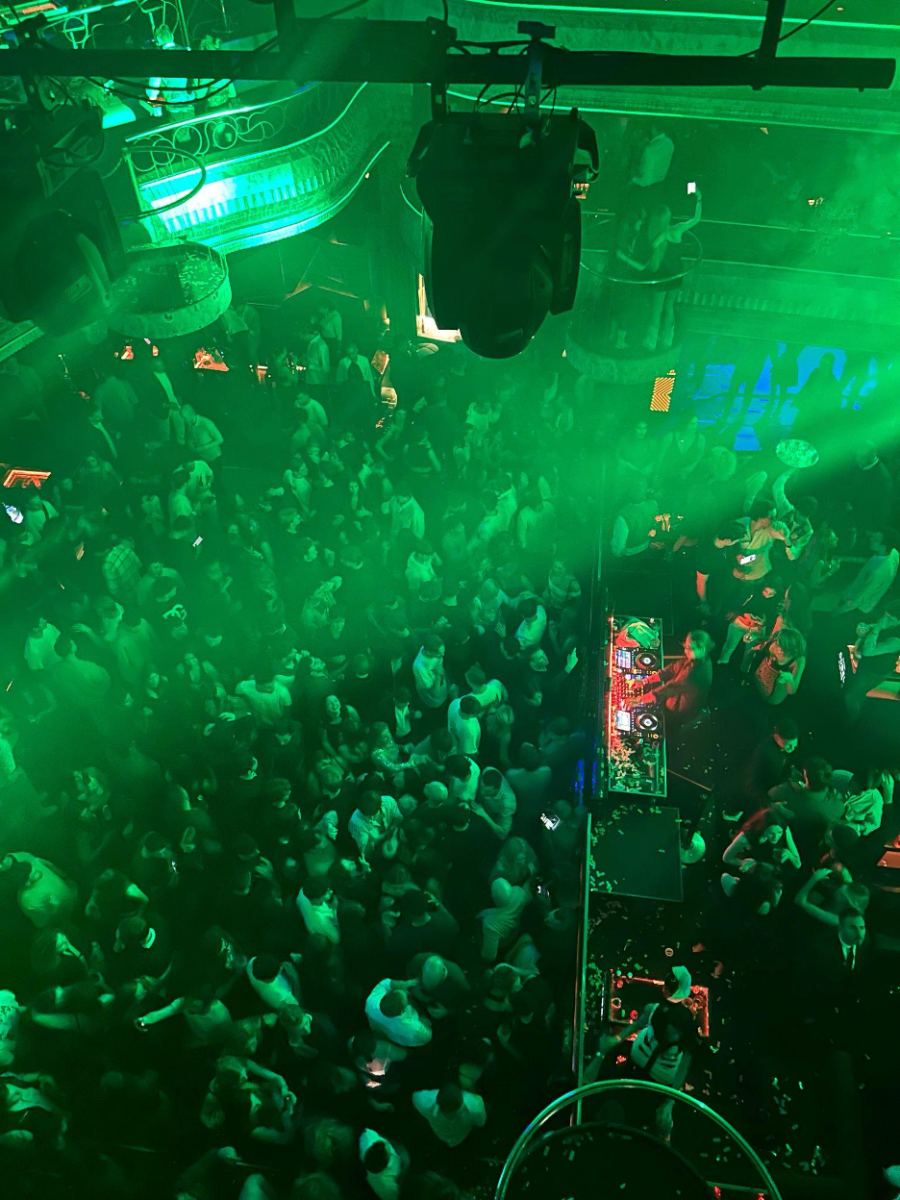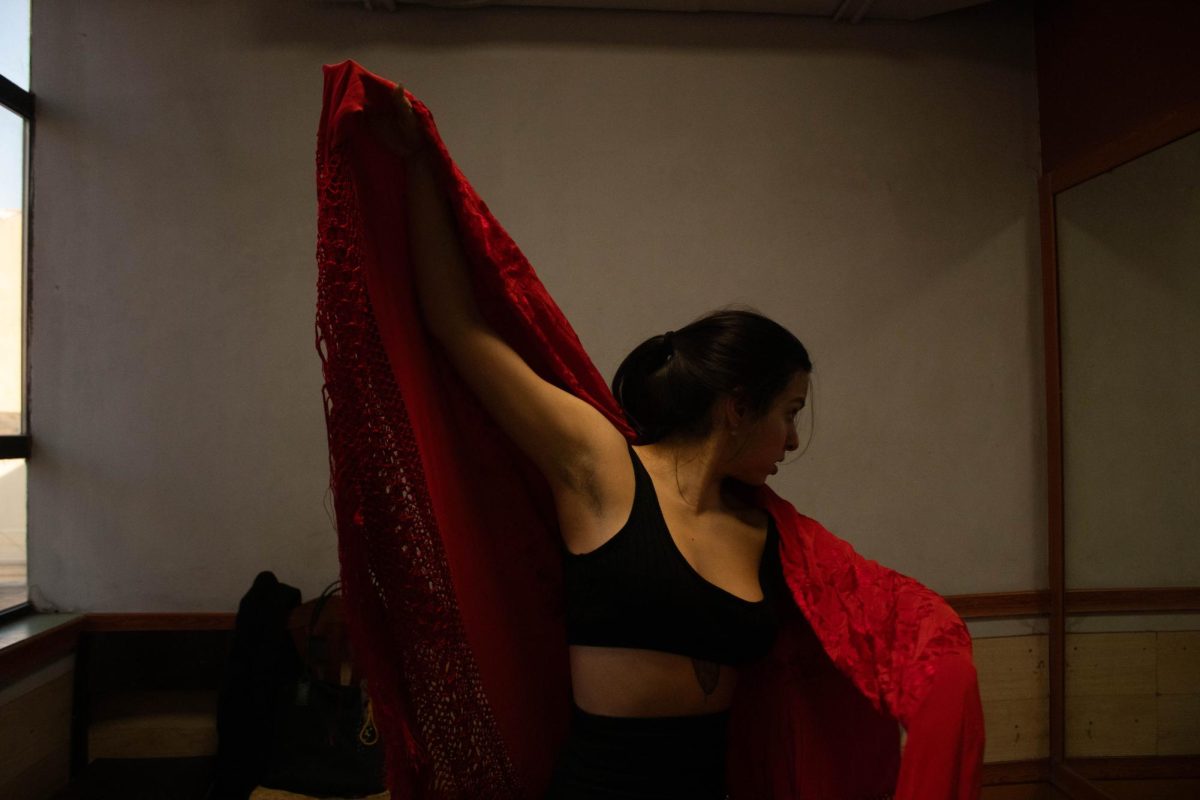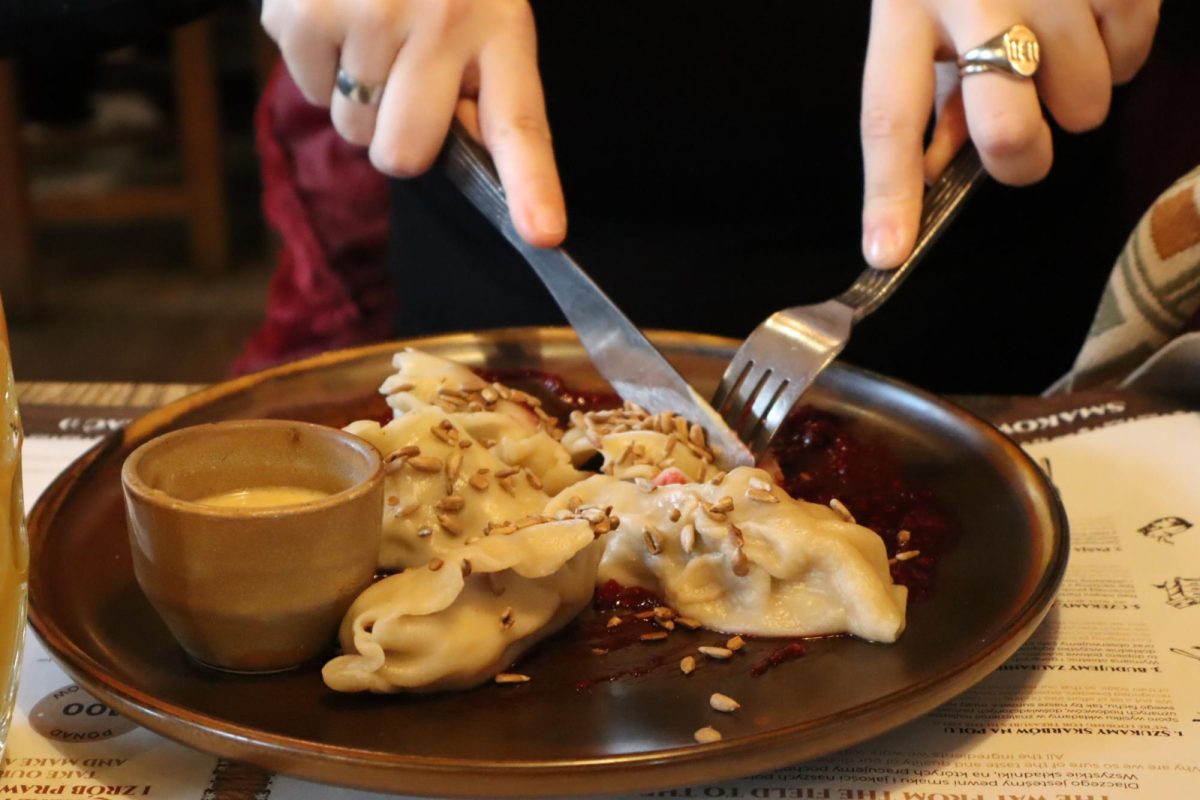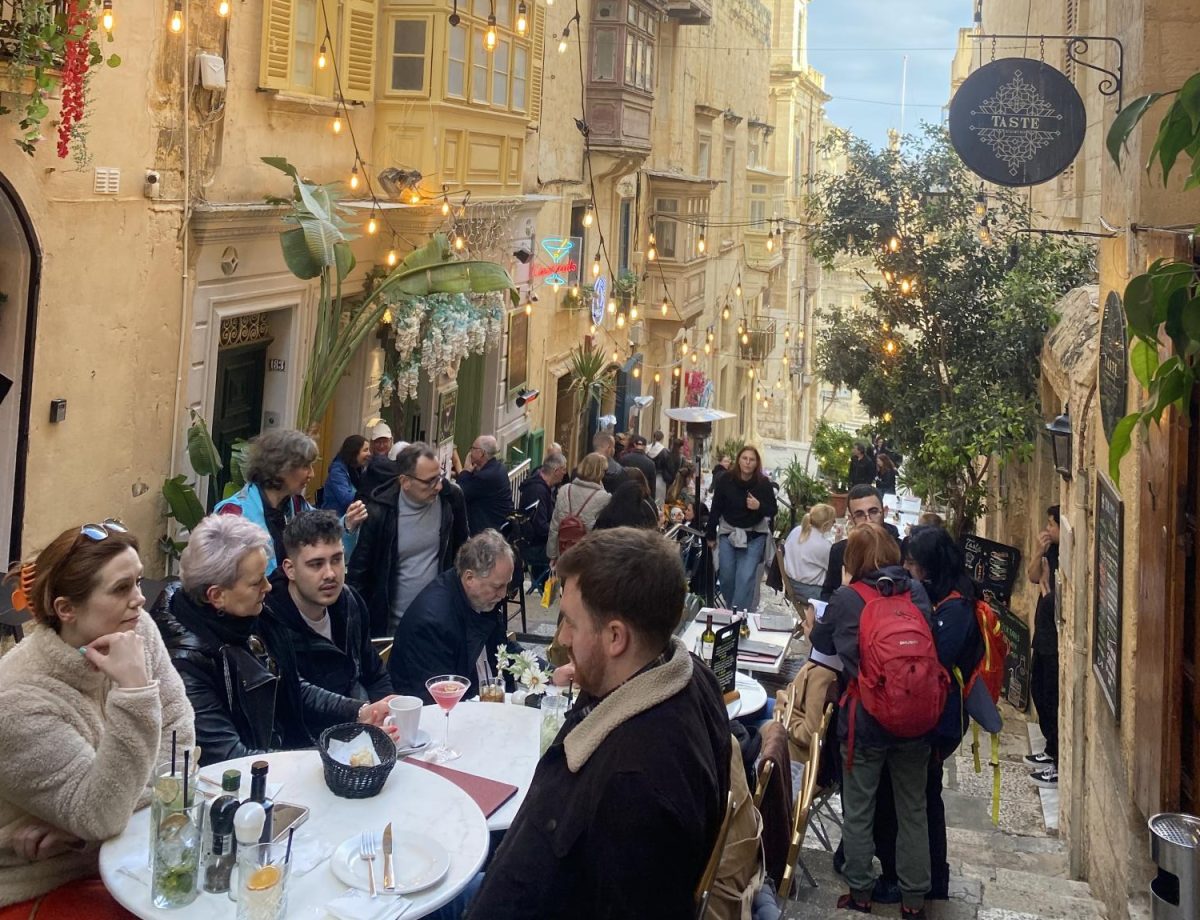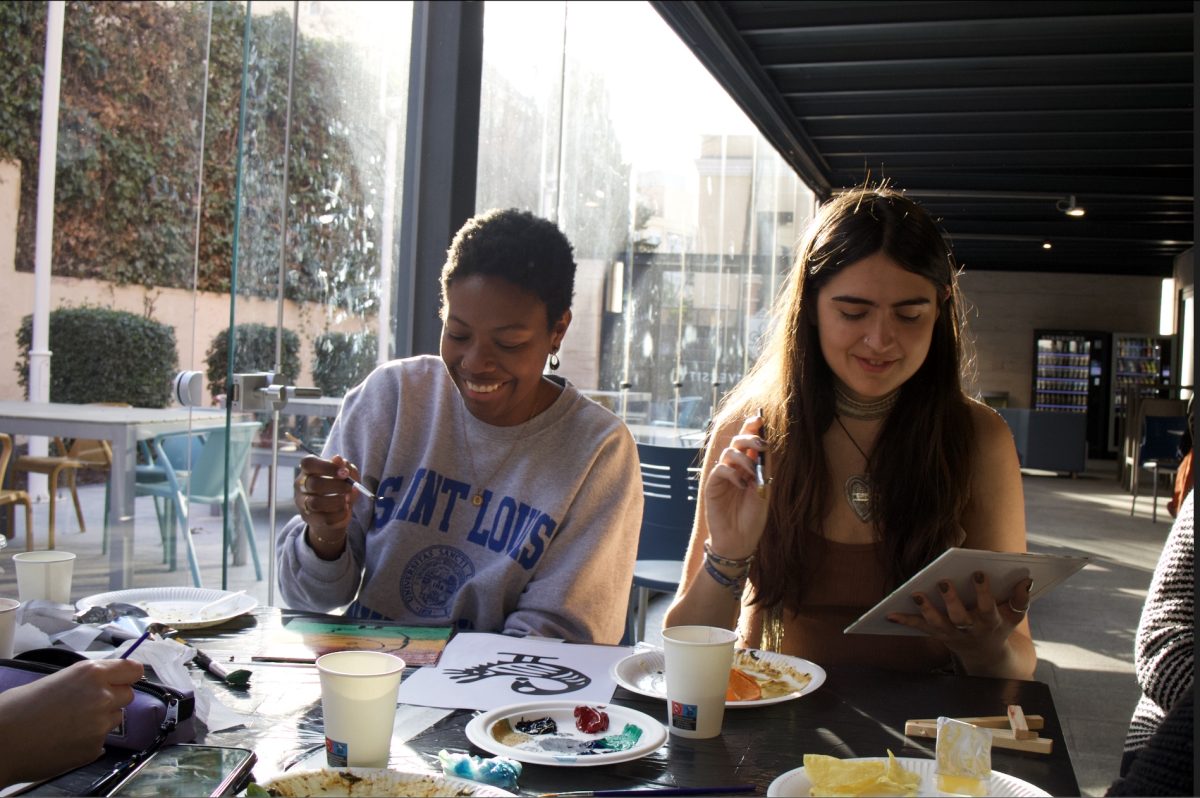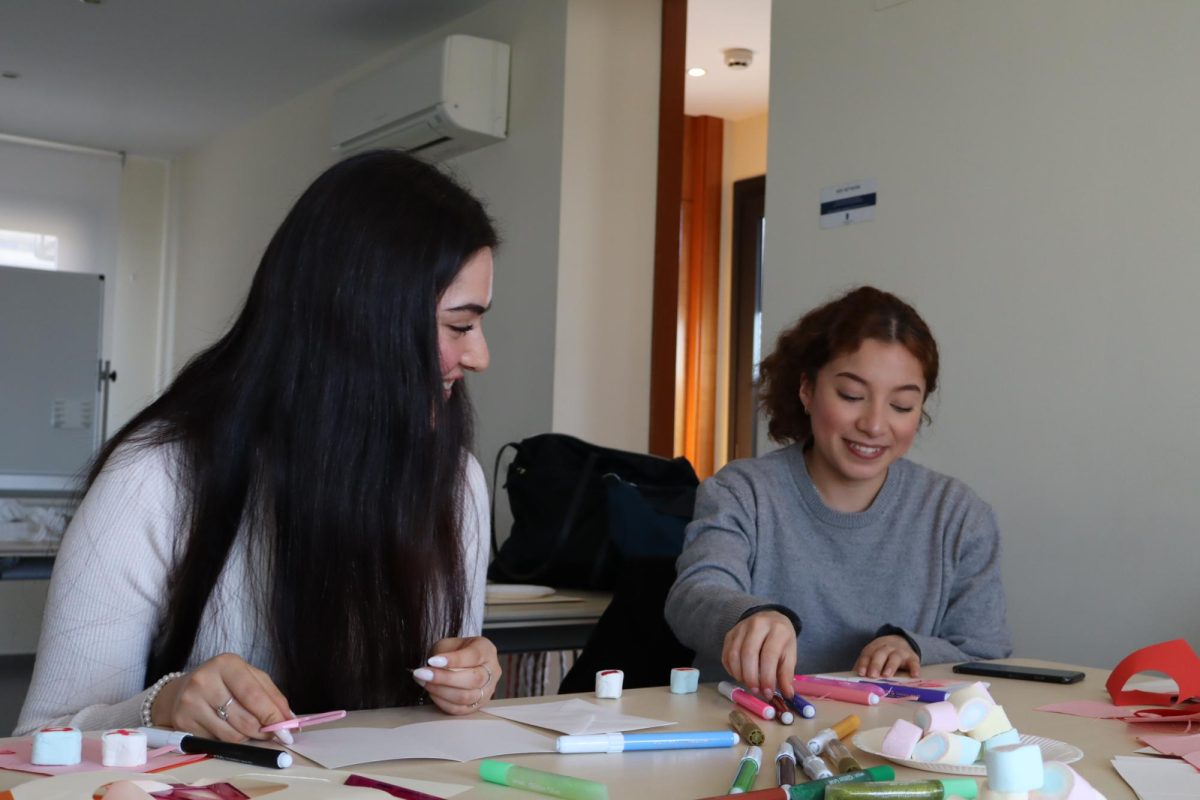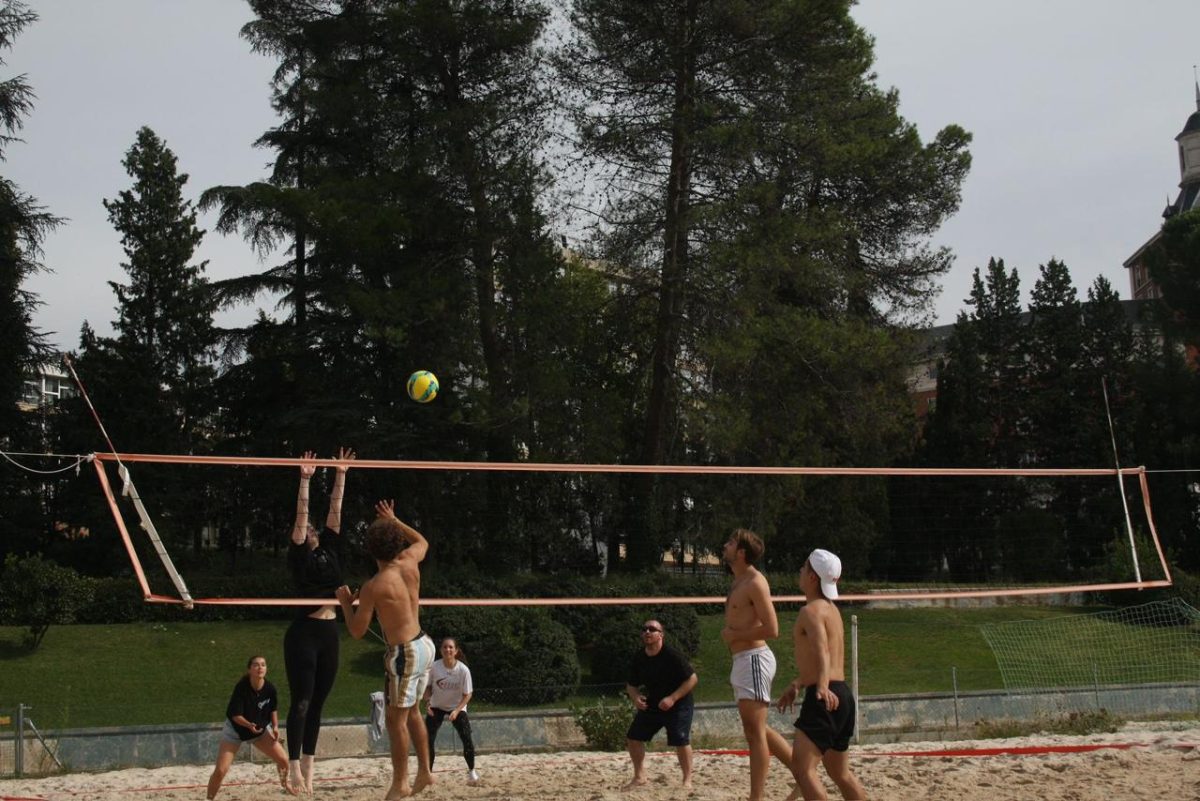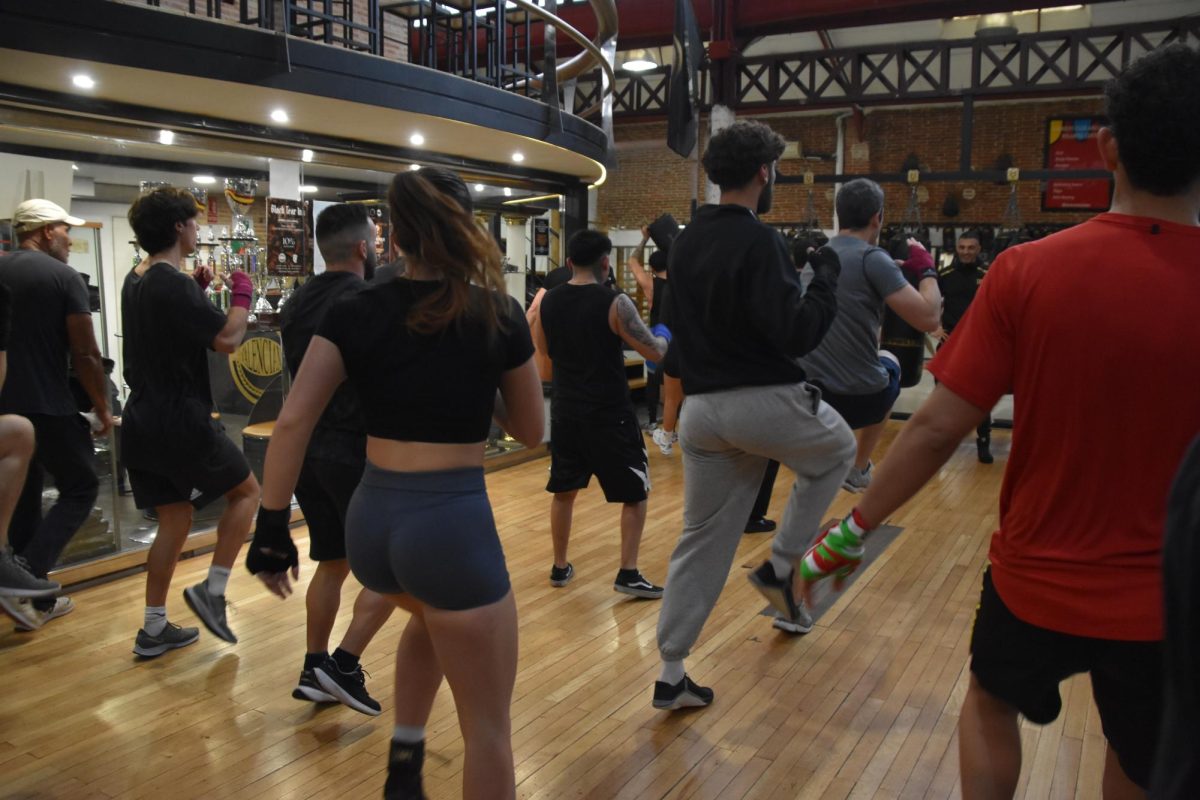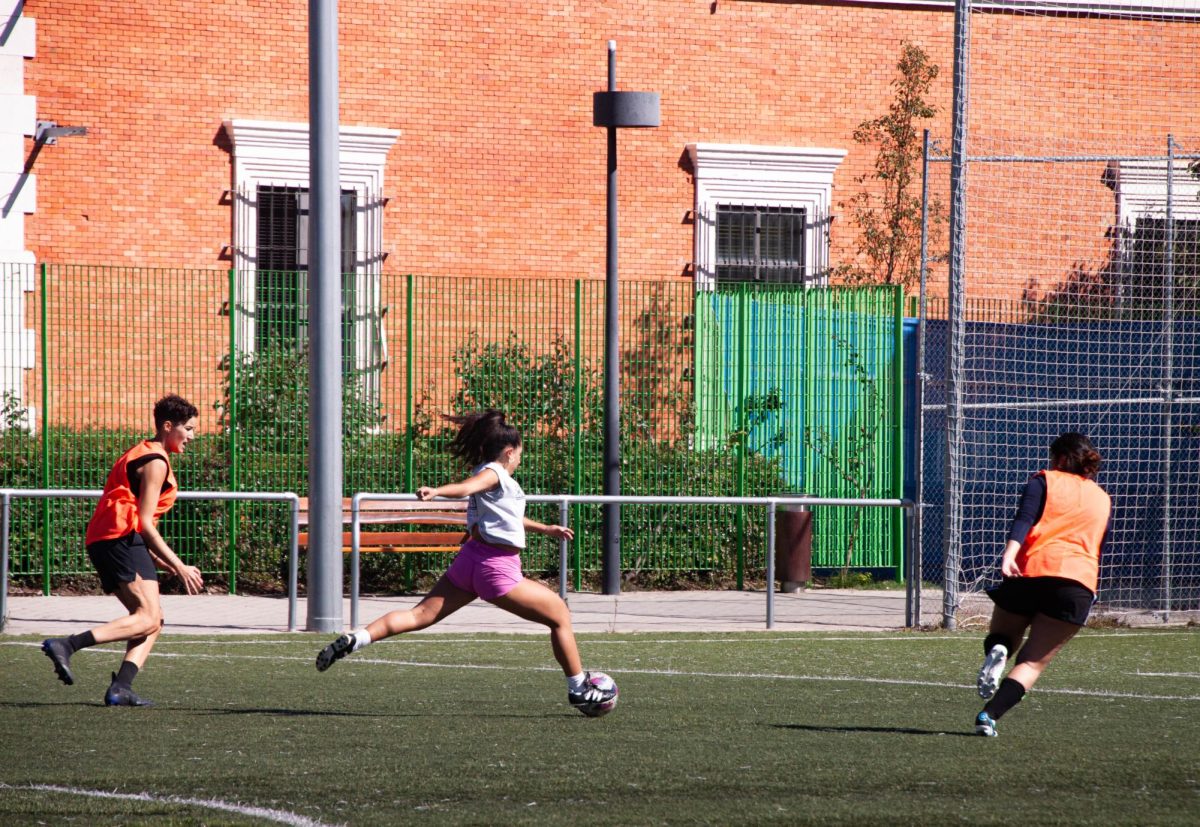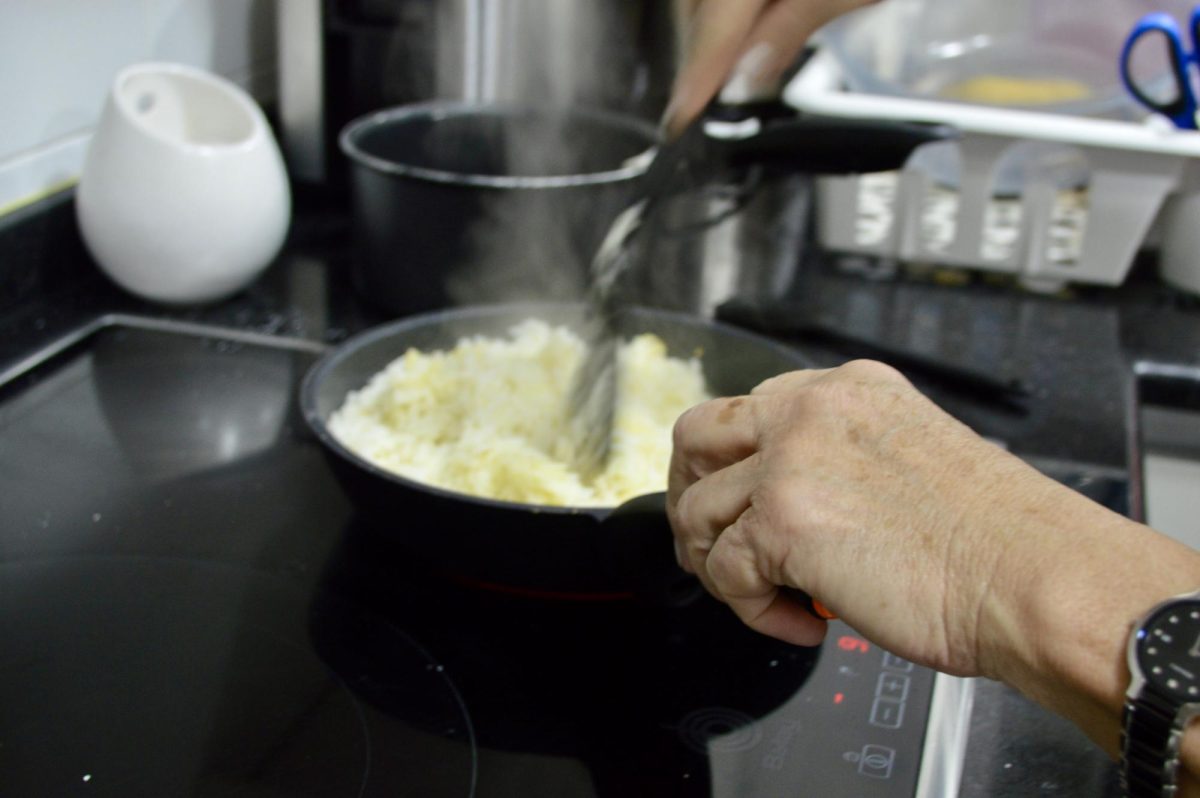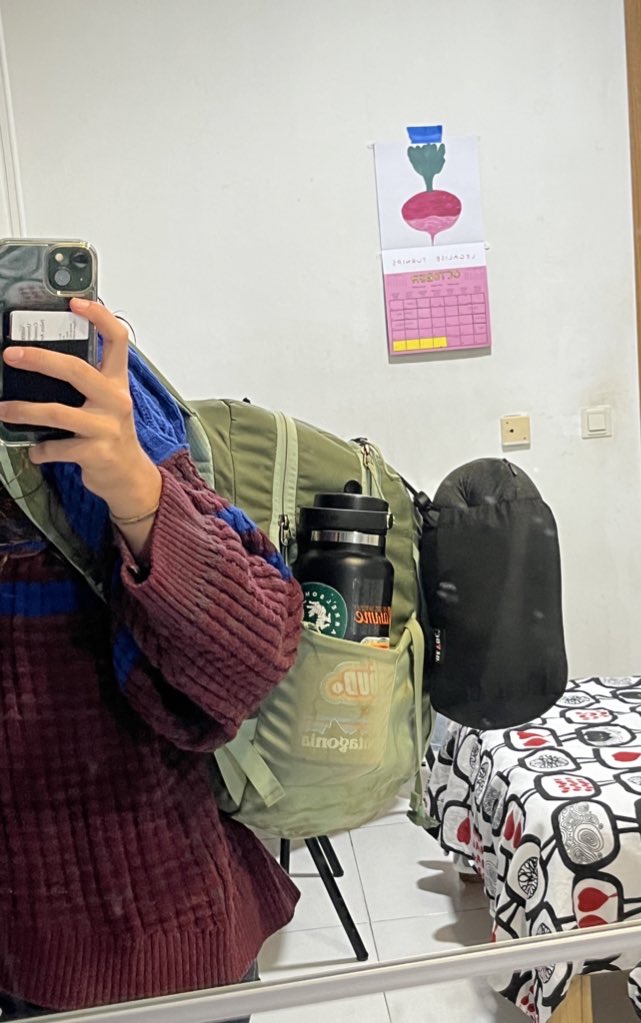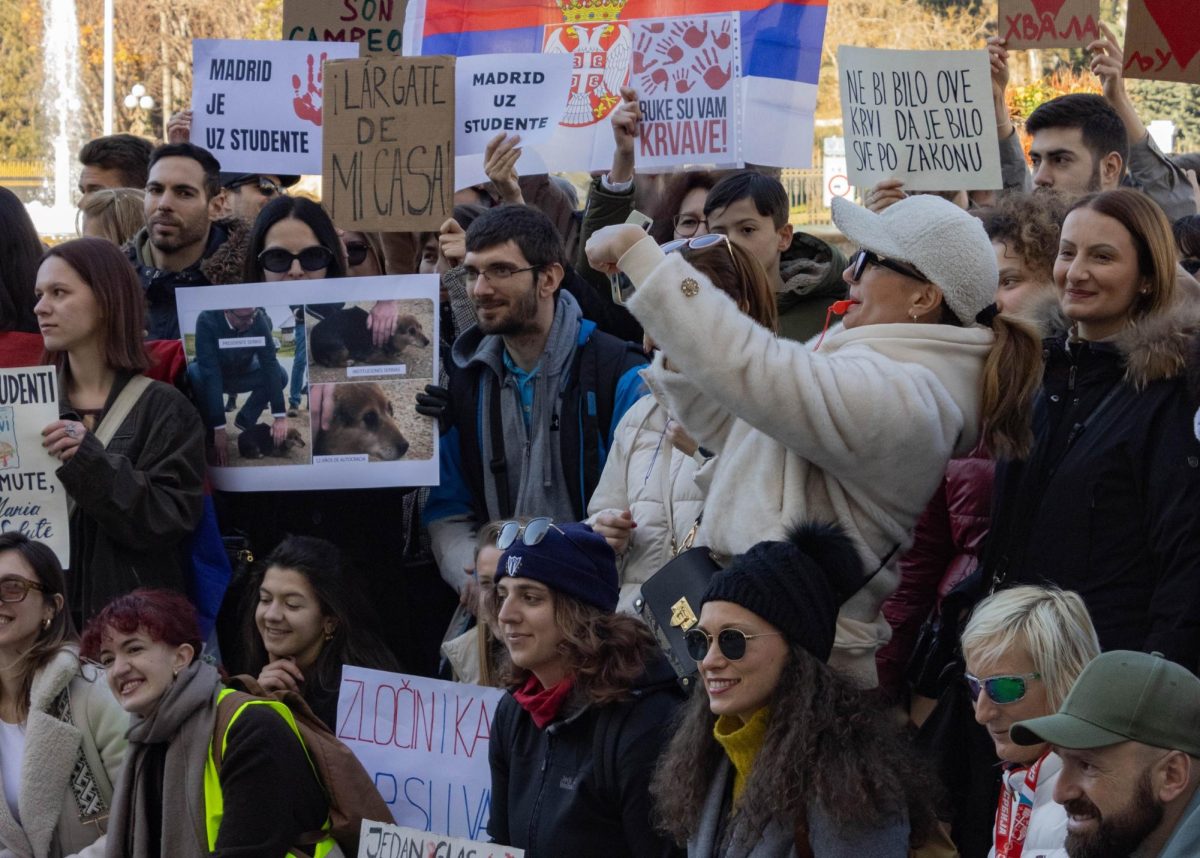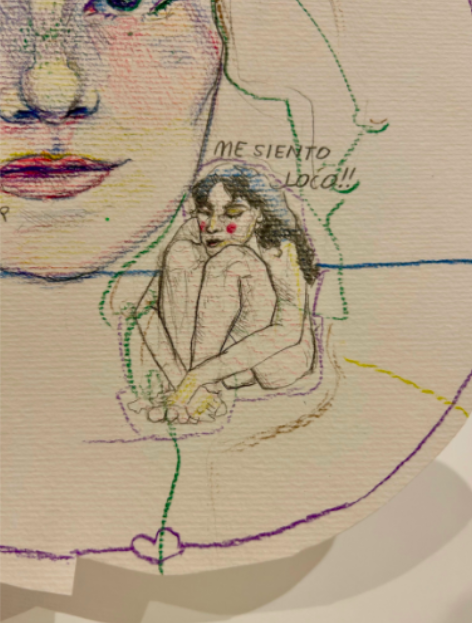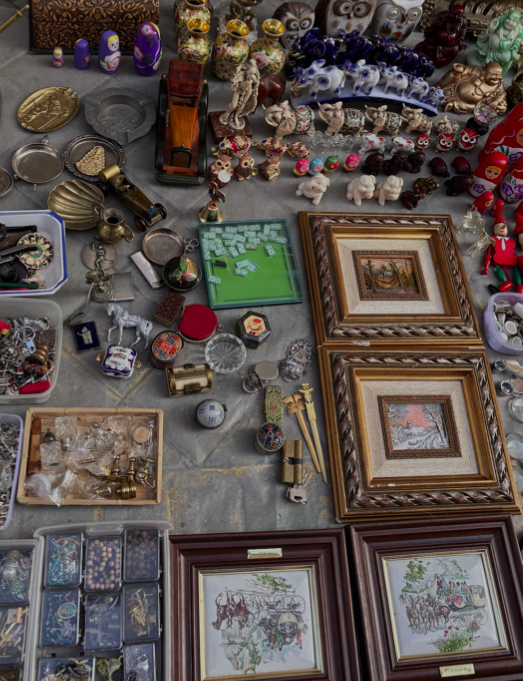Renata Alcocer sighed as she shifted her weight of her friend onto her shoulder. It was nearly 5 a.m., she recalled, and the streets around Gran Vía were still buzzing. Clubbers spilled out of venues, laughing and shouting, while groups of tourists stood in the sidewalks, debating where to head next. Renata, however, had one goal–getting her friend home.
But there was a problem: no Uber would take them.
“I had to drag one of my best friends through the street,” recalled Renata, a 21-year-old interior design student. “No Uber would stop, no taxis–nothing. And she wasn’t even that bad. Just drunk enough that they didn’t want to deal with it. It was a disaster.”
After 30 minutes of failed attempts, they finally got into a cab. The driver charged them double the usual fare. For students in Madrid, nights out aren’t just about partying. They’re about survival.
Madrid is a city that has a vibrant energy with its nightlife alive with music and endless dancing. With clubs open until 6 or even 7 a.m., the party doesn’t stop until the sun rises. But behind the flashing lights, packed dance floors, and reggaeton remixes, there’s a less glamorous reality–overcrowded venues, overpriced drinks, pickpockets, fights, and the near-impossibility of finding a ride home when the sun comes up.
Crime, in particular, has become a growing concern. In 2023 alone, El País reported that Madrid police recorded over 1,200 altercations in popular clubbing areas like Gran Vía, Malasaña, and Chueca, with incidents ranging from bar fights to drink spiking and violent robberies. Reports from El País and La Razón have highlighted the increasing number of thefts targeting tourics, particularly in nightclubs where pickpockets prey on distracted, intoxicated partygoers.
For students who live here permanently, navigating the club scene is an art form–a mix of knowing where to go, what to avoid, and how to make it through the night without losing your phone, your money, or your friends.
“I’ve been going out since I was 15 or 16,” Renata recalls. “At this point, I know the best places, and I know which ones are just a disaster waiting to happen.”
One of her go-to-spots is Atta, a club she describes as “half and half” –a mix of locals and international students. “It’s comfortable, not gross,” she said. “The drinks are okay. They’re not washing.” (Washing is Madrid slang for clubs that dilute alcohol to cut costs.) “And they even have a machine for cigarettes, which is nice.”
She avoids places like Cats, which has a reputation for overcrowding, watered-down drinks and sometimes fights.
Ander Itrube, a 21-year-old business student, learned firsthand how quickly a night out in Madrid can turn chaotic. One Saturday at Cats, he found himself in a little tif in the bathroom when two other men began shoving him, accusing him of taking too long at the sink. When he tried to defuse the situation, one of them amped up the argument into a physical fight.
What followed was a blur–Ander swung back, another guy jumped in, and before he knew it, security was dragging them all outside.
“I got a cut on my eye,” he said. “But the bouncers just kicked us out and told us to go home. No questions, nothing.” Ander, who has been living in Madrid for years, has learned that certain clubs attract more aggressive crowds. Fights like this aren’t uncommon–many venues are packed well beyond capacity, making tensions run high.
Local police data supports his experience. El País reported that along with 1,200 reported altercations, police have received multiple reports of drink spiking with some victims waking up hours later with no memory of what happened. Clubs like Kapital, Cats, and Teatro Barceló have been repeatedly mentioned in police reports as high-risk zones for theft, fights, and unsafe drinking practices.
Where you party at night often depends on where you’re from. Madrid’s club scene is not just about the music or the drinks–it’s also about how the city brings together different neighborhoods and social circles. Some clubs cater almost exclusively to Spaniards, while others are filled with international students and tourists. Knowing where you belong–or where you’re welcome–is a key part of the nightlife experience.
“I go to Chango B12 for the music and the people,” Ander said. “It’s a full reventón” (a massive, high-energy party) with a lot of trap music. But it’s mostly Spanish people.”
His last visit was typical: packed dance floor, flashing lights, and a DJ cycling between Spanish trap and Latin house music. “It’s not the kind of place where you’ll see a bunch of tourists,” he said. “It’s mostly madrileños who know the scene.”
Meanwhile, Casa Pepa is another locals-only spot. “You can tell which clubs are mostly Spanish,” Ander said. “Casa Pepa is one of them. The vibe is different–it’s more social, less about getting wasted.”
On the other end, places like Teatro Barceló and Atta attract a mix of crowds. Renata explained that the vibe at Atta can switch depending on the night. Some nights attract mostly Spanish clubbers more so when the music is reggaeton. Other nights, specifically during midweek, the crowd skews more international because there are more international student events during that time.
International students are a more frequent target of another downside to the nightlife: pickpockets. Madrid is one of the most notorious cities in Europe for petty theft, and nightclubs are prime hunting grounds for thieves.
“It happened so fast,” said Elizabeth Murray., a 20-year-old exchange student from the U.S. “I was dancing, and I had my bag crossbody. I looked down, and it was just…gone.”
She searched the floor, asked security, and even checked the bathrooms, but the bag–along with her phone, wallet, and apartment keys–had vanished. “I had to borrow a friend’s phone just to get home,” she said. “It was terrifying.”
According to Madrid’s local police, pickpocketing incidents spike between 2 a.m. and 6 a.m., especially in clubs where tourists and students are more likely to be intoxicated. Security at many venues is minimal, and bouncers rarely intervene unless there is a physical fight.
The unwritten rules of clubbing in Madrid: for those who live in Madrid permanently, there are unspoken rules that determine how to survive the club scene.
- Know where you’re going. “If you want a spanish experience, go to Casa Pepa or Chango B12,” said Ander. “If you don’t care and just want to get drunk, go to Cats.”
- Don’t expect to leave before 5 a.m. “Madrid doesn’t sleep,” said Asier Ortega, another student. “If you go out, you’re in it for the long run.”
- Always have a way to get home. “Public transport stops at 1:30 a.m., and Ubers after 4 a.m. are impossible,” Renata said. “If you don’t plan ahead, you might be stuck.”
- Watch your drink. “Some places really water down their drinks,” said Ignacio. “And some just overcharge you for nothing.”
- Be ready for anything. “One night, you’re dancing with your friends, and the next, you’re breaking up a fight in the bathroom,” Ander said.
Still, none of this keeps students from going out night after night.
For many, the messiness is part of the charm. “You have nights where you swear you’ll never go out again, ” Asier said. “And then, the next weekend, you’re right back at it.”
